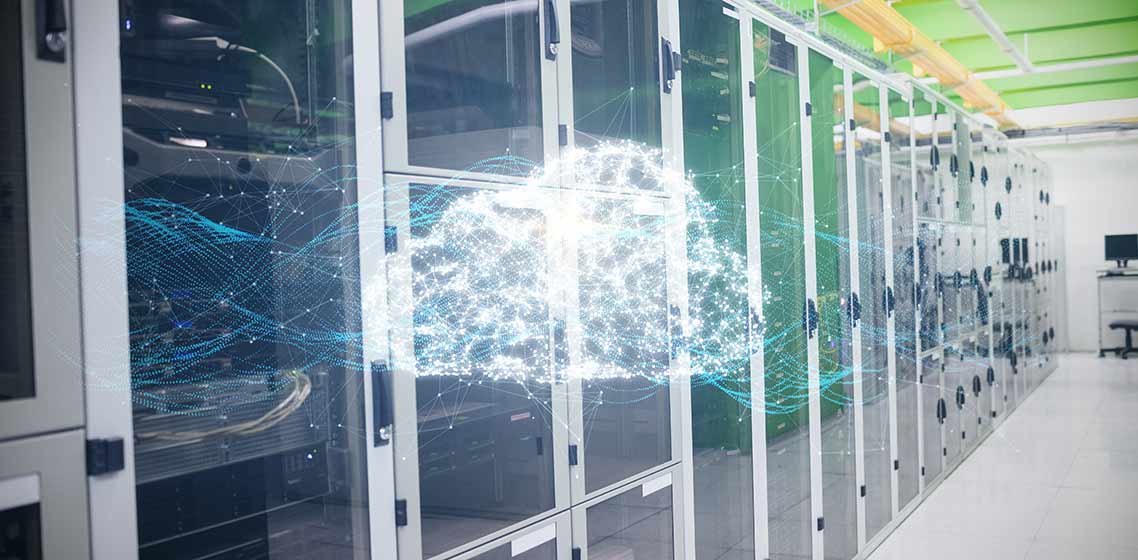Virtualization allows a single piece of computer hardware to be shared among several virtual machines (VMs). Aside from lowering equipment costs and generating extensive cost savings, virtualization eases resource and IT management, improves business...
Virtualization offers various benefits to organizations, including rational consumption of resources, scalability and simplified administration. Consolidating physical servers into virtual servers through physical-to-virtual (P2V)...
Windows Virtual Desktop (renamed to Azure Virtual Desktop) is a Desktop as a Service (DaaS) offering from Microsoft that runs in the cloud and virtualizes desktops and applications. It offers simplified management and optimization for Microsoft 365...
Network Interface Card (NIC) teaming is a common technique of grouping physical network adapters to improve performance and redundancy. The major benefits of NIC teaming are load balancing (redistributing traffic over networks)...
Introduction
Parallels RAS has been an evolving contender in the End User Computing space over the last couple of years. Year on year Parallels RAS raises the bar. Version 18 public preview offers a number of new features and enhancements including the...
As with on-premises datacenters, planned maintenance operations and potential hardware faults must be considered when deploying resources over the cloud. Therefore, a proper organization of virtual machines becomes essential to avoid or...
Many people have heard about public, private and hybrid clouds. But a fourth model has been around for a while now in the ever-changing cloud-deployment landscape. A community cloud is a modernized version of the private cloud that...
A firewall is an essential layer of security that acts as a barrier between private networks and the outside world. From first-generation, stateless firewalls to next-generation firewalls, firewall architectures have evolved tremendously over the...








